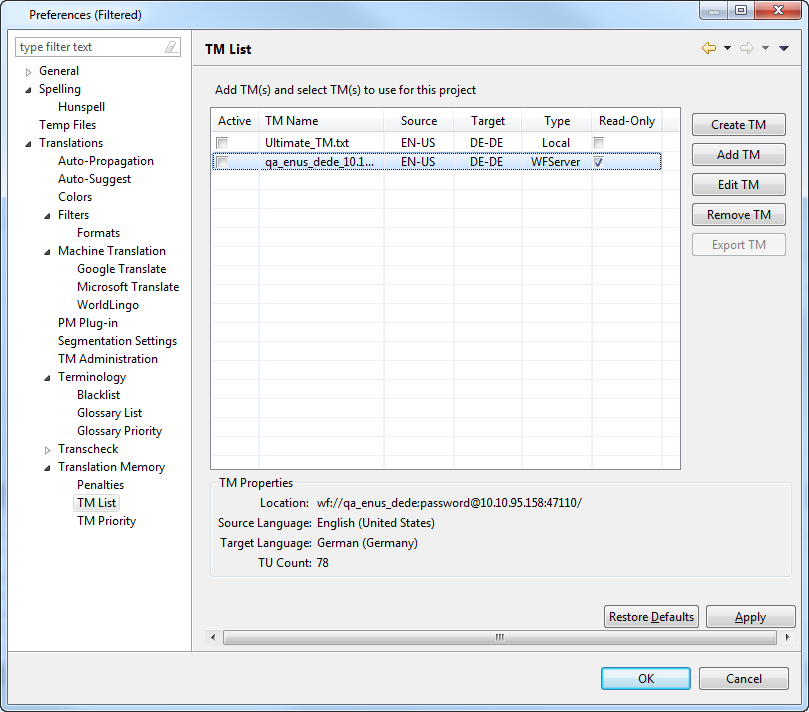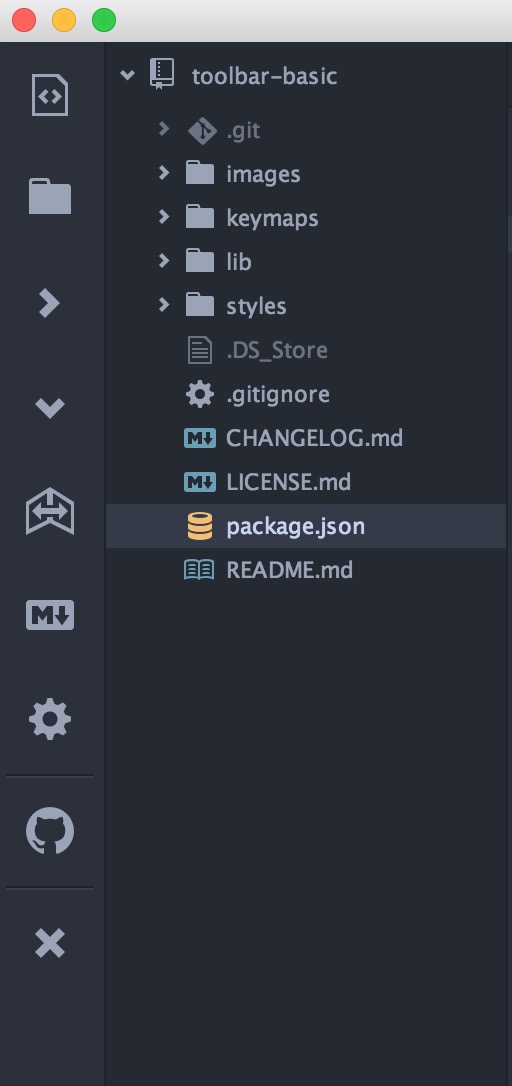


The editor's Filter or Sort dialog box (Press F7 or click the column header are) gives access to three types of operation on data: Filter, Sort and Special filters.įiltering means you define a condition with a Field Condition Argument format.

Ctrl+Delete will permanently erase cut entries by "packing", i.e. When an entry is cut (or soft-deleted), it appears as a blank line, but when it is selected, the source and target data appears in the editor's bottom blue/green display. Note: cutting (deleting) a single line (or entry, or TU) is a soft operation, meaning it can be reversed or undone (press Delete twice on an entry to see the toggling effect). Open another file (another glossary or antoher TM). Toggle the display of all, or only marked, TUs. Paste Wordfast's clipboard's contents to the end of the file Once the editor is opened, you can scroll up/down the data, edit/delete/add entries.Ĭopy all marked entries to Wordfast's own clipboard Wordfast's TM/Glossary editor is intended to make maintenance easy and intuitive, and offers practically identical methods for TMs and glossaries. Glossary toolbars open only on glossaries that were specified in Wordfast/Terminology. During a translation session, the Ctrl+Alt+G shortcut pressed on a word or selection will open the glossary toolbar(s) of the glossary(ies) where the term was found. Outside a translation session, glossary toolbars can be opened using the Ctrl+Alt+Right shortcut (and closed using the Ctrl+Alt+Left shortcut). Click the "TM/Glossary editor" icon in Wordfast's main toolbar, or the last icon in any of the glossary toolbars to start the TM/Glossary editor.


 0 kommentar(er)
0 kommentar(er)
